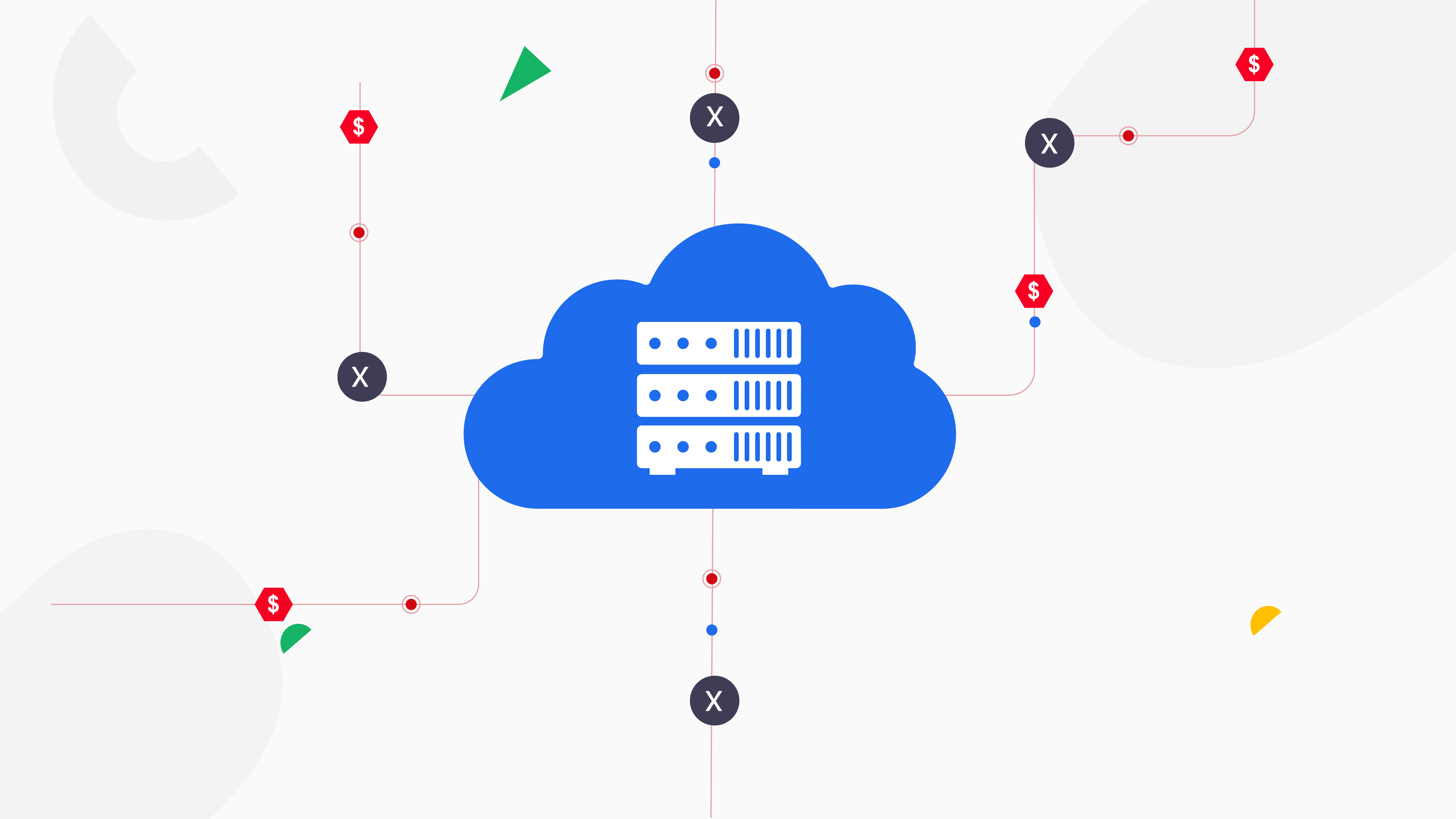
As more businesses shift to Cloud environments, it’s important not to overlook the risks and costs that can come from a failed Disaster Recovery plan. In today’s global and digital world, a company’s data is one of its most valuable assets, and losing access to it due to a disaster can cause serious damage. This blog will discuss the financial impact of Disaster Recovery failures and offer ways to improve these processes using effective recovery tools.
What is Cloud Disaster Recovery?
Cloud Disaster Recovery is a critical component of any business's risk management strategy. If disaster strikes in the form of a natural disaster, human error, or hardware failure, having an effective Disaster Recovery plan will enable business-critical functions to resume with minimal loss of service.

However, failures in Cloud Disaster Recovery can have significant implications for businesses. Aside from the actual costs of the disaster, a Disaster Recovery process failure can generate other expenses such as lost revenue, lost clients, and loss of reputation for an organization.
Costs of Cloud Disaster Recovery Failure
So, what are the primary expenses of a Cloud Disaster Recovery failure, and how do organizations prevent them?
- Direct Costs: Direct costs of Disaster Recovery failure involve the cost of replacing or repairing damaged hardware and software, as well as business interruption costs. These costs may be substantial if the disaster recovery process is prolonged.
- Lost Revenue: Failure in Disaster Recovery can mean lost revenue if an organization is unable to sustain regular business functions. This can be especially crippling for organizations that are highly dependent on technology since a brief outage can mean extensive lost revenue.
- Lost Customers: Failure in Disaster Recovery can also result in lost customers since customers can become frustrated with business operations disruption and move to a competitor.
- Reputational Damage: The reputation of an organization can also get seriously hurt. Customers and other stakeholders need greater confidence in the organization's capacity to handle risks and safeguard their interests efficiently.
How do Organizations Prevent these Expenses?
Here are a few important steps:
- Create a Cloud Resilient Disaster Recovery Plan: An effective Disaster Recovery plan is the backbone of an effective Disaster Recovery process. It must detail the procedures that must be followed in the case of a disaster and the resources and personnel needed to execute those procedures.
- Test the Disaster Recovery Plan Regularly: It should be tested from time to time to verify that it is effective and up-to-date. This may assist in determining any weaknesses or gaps in the plan and enable necessary modifications.
- Use the Proper Tools and Technologies: Using the proper tools and technologies can enhance the effectiveness and efficiency of the Disaster Recovery process. This comprises Cloud-based Disaster Recovery, backup and recovery software, and data replication technology.

- Train Employees: Ensuring that the employees are adequately trained in the process of Disaster Recovery is important. This involves employee training on how to use the tools and technologies used in the process, as well as carrying out the steps in the disaster recovery plan.
By doing so, organizations can assist in reducing the cost of a Disaster Recovery failure and ensure they are ready to address disasters effectively.
How Wanclouds Can Help Prevent These Costs
Wanclouds Disaster Recovery as a Service (DRaaS), powered by its SaaS-based automation solution VPC+, offers a simplified and holistic answer to safeguard your multi-cloud deployments and prevent the expensive aftermath of a failed disaster recovery.
Here’s how Wanclouds can assist you:
- Simplified Disaster Recovery: Wanclouds does away with the necessity of using multiple tools and costly expert engagements. With VPC+ DRaaS, you can find and Backup your entire Cloud infrastructure design—VPC resources, network services, security rules, Kubernetes clusters, Linux servers, and data—in minutes, minimizing complexity and costs.
- On-Demand and On-Flex Backups: Wanclouds provides infrastructure-wide snapshots that are scheduleable and on-demand restorable across regions or even Clouds (AWS, GCP, and IBM Cloud). The flexibility promises instant recovery, avoiding downtime and related revenue loss.
- Single Pane of Glass: Manage and monitor Multi-Cloud environments through a centralized dashboard, providing visibility into your VPC designs, Kubernetes clusters, and resources. This unified approach enhances troubleshooting and ensures compliance, reducing the risk of reputational damage.
- Lower RTO and RPO: By not just backing up Kubernetes configurations and data but also the entire cloud infrastructure (e.g., network functions, security policies, and Linux servers), Wanclouds greatly lowers Recovery Time Objectives (RTO) and Recovery Point Objectives (RPO), keeping the business running with minimal disruption.
- Cost Efficiency: Wanclouds comprehensive approach obviates the use of expensive consultants or standalone tools, providing an enterprise-scale, cost-efficient Disaster Recovery offering that is bespoke to your requirements.
- Cross-Cloud Mobility: Recover applications and infrastructure between various regions or Clouds to ensure region-based disaster resilience and uphold customer confidence by not extending downtime.
With Wanclouds Disaster Recovery as a Service, organizations are able to set up an ironclad Disaster Recovery strategy that avoids direct costs, averts revenue and customer losses, and safeguards their reputation.
To get started, you can fill out our Request form or contact one of our sales representatives at [email protected]. For more information, you can download our detailed Data Sheet on Cloud Disaster Recovery.